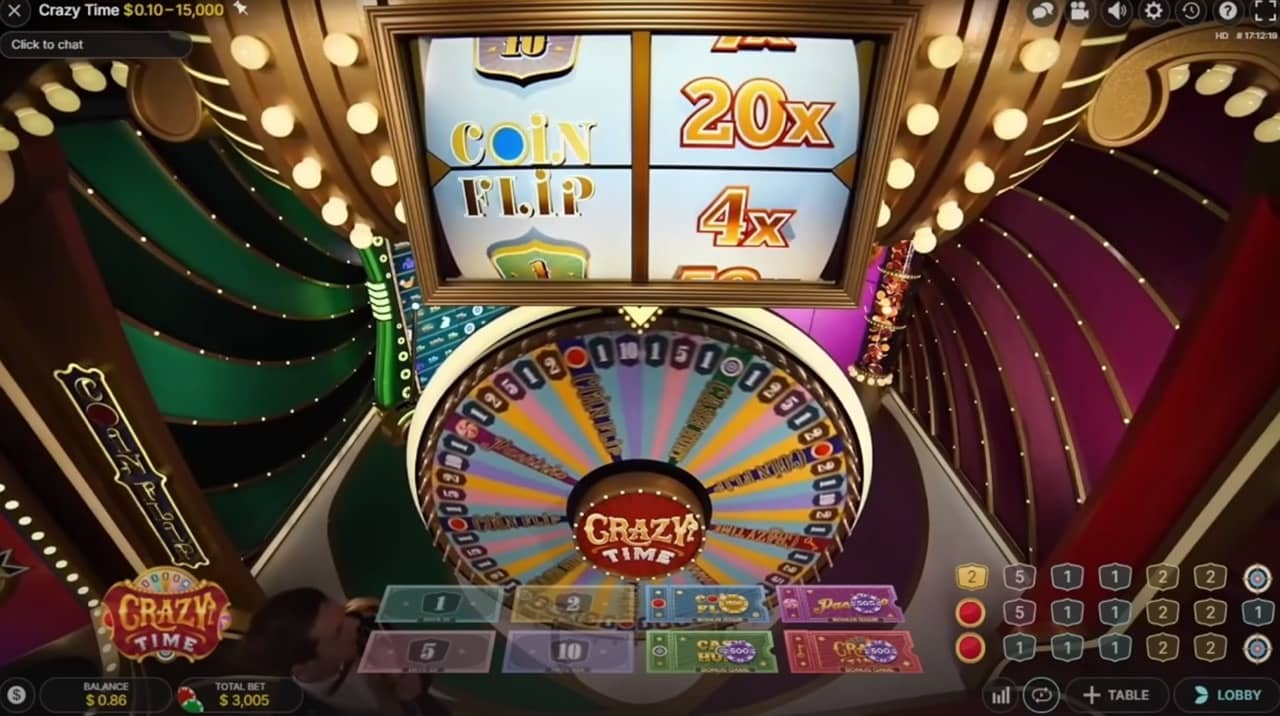
Imagine stepping into a universe where the barriers between imagination and existence blur smoothly. The visual impact in “Book of Dead” achieve this by using sophisticated CGI to conjure old Egyptian gems with accuracy. From 3D modeling to complex textures, each aspect is thoroughly crafted for realism. Collaboratively, motion capture and lighting methods breathe https://bookantiguanow.com/ life into these works. This flawless integration lures you to explore more into this enchanting realm.
Key Takeaways
- CGI entities are enhanced with texture and motion capture, giving them realistic anatomical features and actions in the “Book of Dead.”
- Immersive landscapes are digitally sculpted and textured to create vibrant and engaging environments aligned with the plot.
- Practical methods are integrated with CGI through aligned lighting and colors for a smooth and realistic visual experience.
- Advanced mechanics engines simulate realistic connections such as fur, scales, and surrounding elements within the film’s world.
- Lighting and texture methods, including ambient illumination and beneath scattering, establish mood and enhance the realism of scenes.
The Wonder Behind CGI Creatures
Developing the lifelike CGI beings in “Book of Dead” demands more than just digital design; it demands state-of-the-art technology and meticulous attention to detail. You’ll investigate into intricate CGI design processes, where geometric modeling forms the creature’s skeletal framework, ensuring anatomical precision. By adding textures and effects, you replicate realistic skin textures that enhance creature realism. Animators meticulously map motion to convincingly simulate muscle actions and joint movements, making each creature move genuinely. High-end simulations for fur, feathers, or scales add layers of complexity, driven by physics-driven engines that calculate light responses and shadow casting. In final compositing stages, these creatures blend seamlessly into live-action or pure CGI worlds, pushing the limits of visual truth and building an immersive cinematic experience.
Crafting Captivating Landscapes
Even though developing captivating landscapes for “Book of Dead” presents its unique set of challenges, the method expertly marries technological skills with aesthetic vision. You’re tasked with turning scripts into vivid, dynamic worlds through digital artistry. Each pixel contributes to contextual storytelling, demanding precision and imagination. Begin by sculpting landforms using advanced modeling software, crafting mountains, deserts, and ancient ruins. Lighting plays a crucial role in your artistry, setting the time of day and evoking mood. Textures must convey authenticity; the grain of sand or weathered stone tells stories. Integrate interactive elements to engage audiences, ensuring https://en.wikipedia.org/wiki/BetBright seamless exploration within the cinematic universe. Use your expertise to breathe life into these landscapes, transforming them into integral parts of the narrative tapestry.

Integrating Practical Effects and CGI
How do you effectively blend practical effects with CGI to create a unified visual masterpiece? It’s essential to master intricate blending techniques and ensure that each element serves its purpose within your narrative. Utilize practical applications alongside CGI to maintain genuineness and fluidity.
- Texture Synchronization
Strive for accuracy and detail, harnessing these techniques to craft visuals that enthrall and sustain the viewer’s involvement.
The Art of Motion Recording
Shifting beyond the intricate balance of realistic effects and CGI, motion capture system revolutionizes how realism and precision are achieved in visual storytelling. By integrating mocap system, you can capture the subtle nuances of human movement, elevating character depiction to unmatched levels of truth. This system leverages sensors and specialized suits to track an actor’s movements, transferring them directly to digital avatars. You’ll find that mocap data provides an unmatched fidelity in replicating complex gestures and emotions, breathing life into virtual beings. Each limb and facial tissue translates effortlessly onto animated models, preserving the energy of an actor’s performance. As you master these techniques, you’ll realize that mocap tech isn’t just a tool; it’s a revolutionary force in crafting convincing, immersive narratives.
Lighting and Texture Techniques
When lighting the scenes in “Book of Dead,” achieving the desired mood and realism relies heavily on advanced lighting and texture techniques. You should consider key elements such as:
- Ambient illumination
- Dynamic shadows
Master these techniques to manipulate light and texture, transforming digital visuals into captivating, lifelike depictions in your projects.
Frequently Asked Queries
How Long Did It Take to Finish the Visual Effects for Book of Dead?
You’re curious about the completion time for visual effects. It required 18 months, utilizing advanced visual storytelling and precise animation techniques. Expertise in these fields ensured high-quality outcomes, reflecting dedication to the animation’s detailed and technical demands.
What Was the Budget for the Visual Effects in Book of Dead?
When diving into budget analysis, look to Icarus’ ambition, balancing costs without overreaching. The visual effects budget must’ve demanded precision, likely leveraging state-of-the-art tech, while ensuring mythical quality without blowing financial limits, achieving a delicate artistic balance.
Which Programs Was Primarily Used for Visual Effects in Book of Dead?
When you’re evaluating animation methods, it’s clear Unity was the primary software used. Its real-time rendering functions surpass other software, offering enhanced flexibility and realism, making it optimal for cutting-edge visual effects in projects like this.
How Many Visual Effects Artists Worked on Book of Dead?
You’re hitting the nail on the head by asking how many visual effects artists worked on Book of Dead. Around 40 skilled artists teamed to deliver maximum visual impact, ensuring every detail was carefully crafted to completion.
Were Any Real Locations Used Alongside Visual Effects in Book of Dead?
When evaluating real locations together with visual effects, you’ll find location finding crucial. Creators blend real world inspirations with digital artistry, enriching scenes. This combination demands precise merging skills to maintain realism while enhancing storytelling through precise visual execution.
